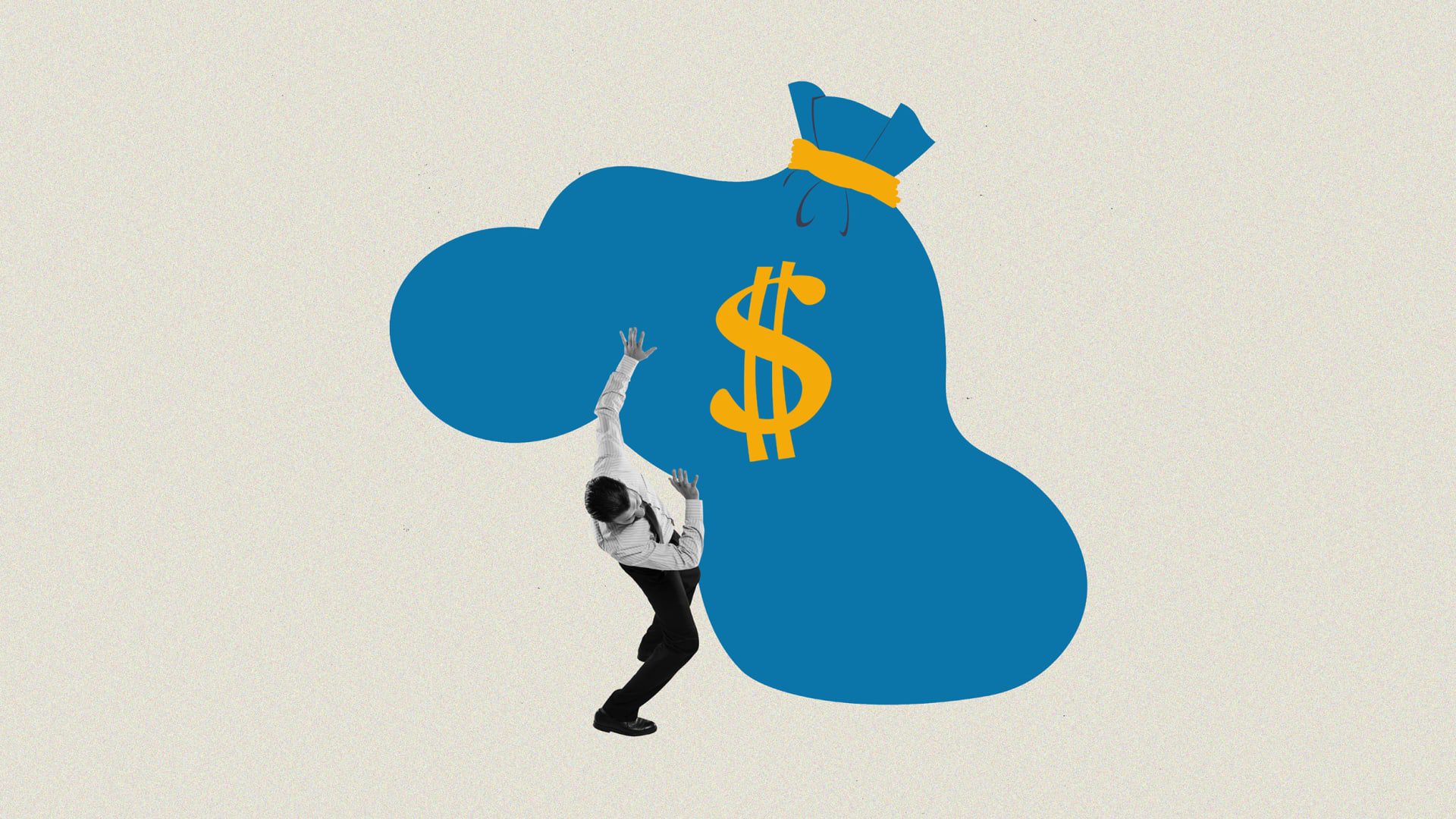In his excellent book Antifragile, Nassim Nicholas Taleb, who helped popularize the concept of Black Swan events, describes three kinds of systems:
- Fragile systems are those that can be destroyed by any negative change.
- Robust systems deal with good and bad changes equally.
- Antifragile systems benefit from positive and negative environmental changes.
We can apply this framework to businesses with an eye on helping companies become less fragile. And one way to do that is to take on less debt.
Let me explain.
Sources of fragility
An example of an antifragile system is our body’s muscle fiber. Paradoxically, when we lift weights, we create microscopic muscle tears. But as the muscles heal, they become stronger as a result. In other words, our muscles respond positively to an adverse change.
If only every business could operate similarly. But the truth is that most small businesses are examples of fragile systems. Why? Because every business faces the same threat to its existence: running out of cash. If you run out of money, you no longer have a business.
There’s even an argument to be made for planting the seeds of an antifragile system when you’re in the earliest stages of business growth. You can ignore your P&L and balance sheet, and run your business solely through your cash flow statements. It’s the only thing that matters in determining whether your business will survive. Cash determines fragility.
As a company increases in size, it should develop into a more robust system where it builds up enough cash reserves so that it doesn’t have to worry about making payroll. The reserves establish a cash buffer to help absorb and deal with adverse changes, like losing a significant customer.
But there is something even a company with a robust system can do to increase its fragility: take on debt.
The pressure of a downturn
Anytime you take on some business debt, it needs to shift where it spends its cash away from areas that can help the company survive to buffers that can absorb changes so it can pay off its lenders. This kind of thing happens every day.
But in an economic downturn, that obligation to pay off debt increases the fragility of the company’s system. You’ve created a new risk that you can’t pay, which could result in losing the business, and you have decreased potential cash buffers to absorb change.
The more business debt you take on, the smaller margin for error you have in the wake of an adverse event like losing a chunk of your business. Risk is why people that have been through downturns learn to hate debt: it makes your business more fragile.
Business debt increases fragility
Consider a case in point: I worked with two clients in the oil and gas industry. They were both about the same size. One’s business growth occurred without taking on any debt, while the other was highly leveraged.
Both companies faced a crisis when energy prices plummeted and customers stopped ordering. The first company, with no debt, was able to make some changes, like laying off people and cutting inventory, which helped it weather the storm. They might have even gotten a bit stronger because it forced them to make some hard changes they had been avoiding making.
On the other hand, the second company, which had taken on a ton of debt, couldn’t cut deep enough and still meet its obligations to its lenders. As a result, the company was restructured and sold off for its assets. It didn’t survive. The same market change strengthened the antifragile company while the fragile, debt-laden firm went out of business.
We have another client in a cyclical business. This company has a rule of thumb on debt. They always have at least as much cash as they do debt. This rule allows them to pay off debt quickly in the face of a downturn.
Living to fight another day
Ideally, every business wants to be antifragile and able to grow from every test.
One way to move in that direction–or at least to build a less fragile and more robust company–is to monitor how much debt you take on. Debt can be an effective way to grow and rapidly scale a business. But it also increases fragility, especially during a downturn.
So, look at your business and its relationship with debt. Assess your position objectively and examine whether you’ve put your company in a place to weather the next economic crisis or be taken out by it.



